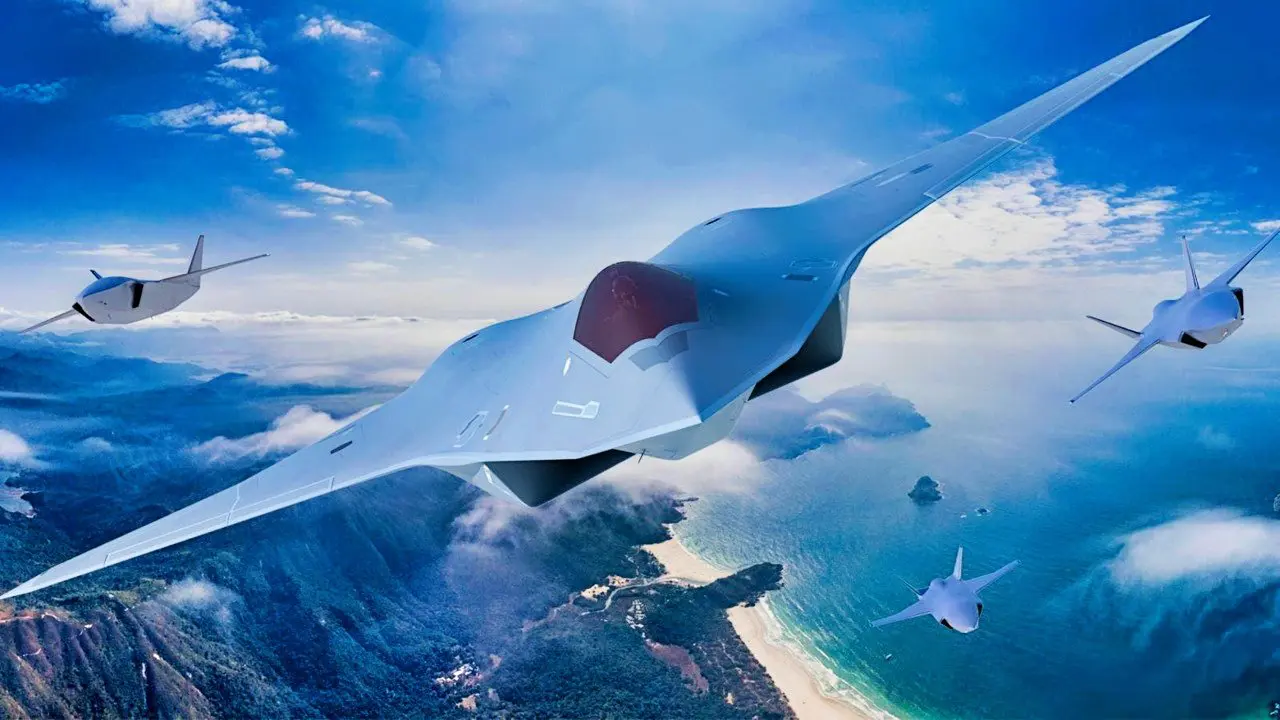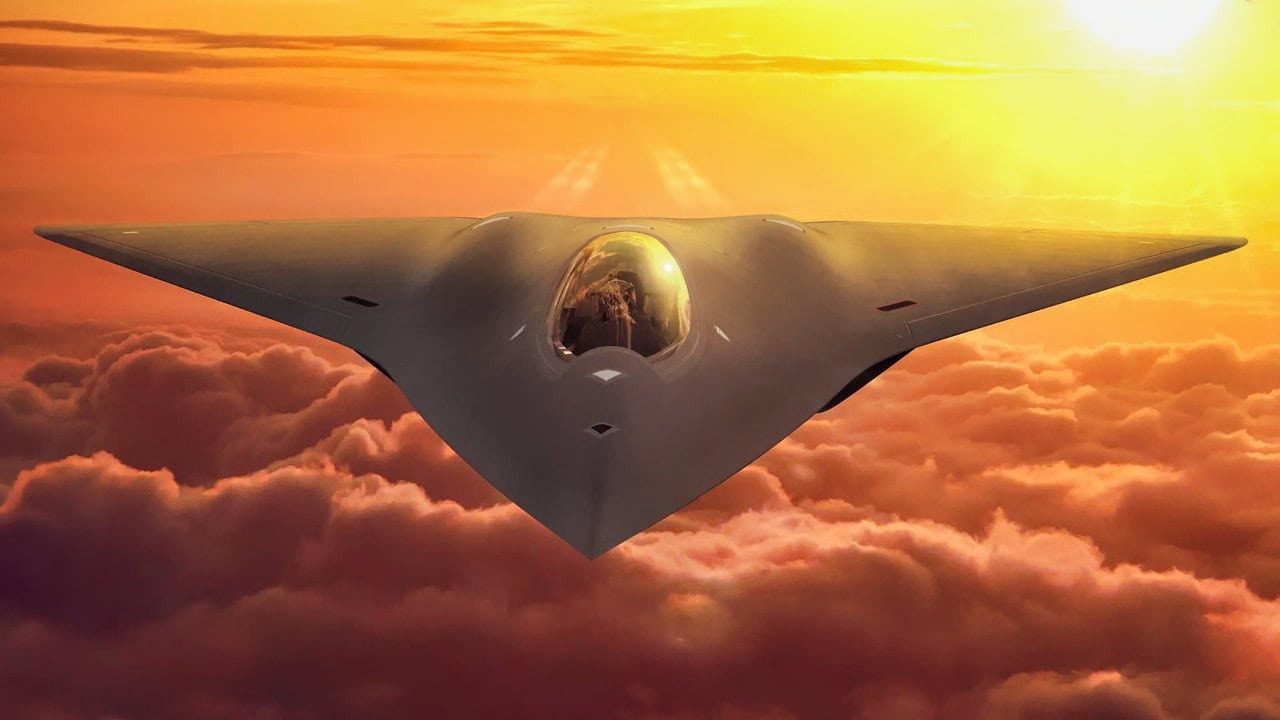Key Points and Summary: The U.S. Air Force’s Next-Generation Air Dominance (NGAD) program has received a major boost, with $3.5 billion in contracts awarded to develop advanced adaptive cycle engines.
-However, uncertainty looms over NGAD’s future as the Trump administration reassesses military spending and explores unmanned alternatives.

NGAD fighter from U.S. Air Force.
-Elon Musk’s vocal criticism of manned fighters adds another layer of unpredictability.
-While these engines could power NGAD, they may also find their way into the U.S. Navy’s upcoming F/A-XX fighter. With work funded until 2032, the program’s direction remains unclear, leaving the future of sixth-generation air superiority up in the air.
The Future of NGAD: Will It Fly or Fade?
The U.S. Air Force recently updated its Technology Maturation and Risk Reduction contracts with General Electric and Pratt & Whitney to further develop the advanced engines under the Next Generation Adaptive Propulsion (NGAP) program.
These new, advanced engines provide increased thrust and improved fuel efficiency through their adaptive cycle technology, which, in essence, allows the engines to adjust their performance characteristics in real-time. If successful, they would toggle through several settings, potentially an “eco” fuel-savings mode, a “performance” high-output mode, and potentially other settings as well.
According to the Department of Defense contract announcement, both General Electric and Pratt & Whitney are to be awarded $3,500,000,000 indefinite-delivery/indefinite-quantity modifications, up from the previous $975,000,000.
A Pratt & Whitney spokesperson told Breaking Defense the company “is working closely with the U.S. Air Force to execute on and meet NGAP program commitments. Our program remains on track for major milestones and we look forward to delivering for our customer.”
In a similar vein, a General Electric spokesperson said that the company is “excited about the progress our team continues to make on our XA102 adaptive cycle engine, a key component of the Next Generation Adaptive Propulsion program. We look forward to advancing this work in support of the U.S. Air Force’s future fleet.”
An Unclear Picture for NGAD
Despite the recent contract extensions, it remains uncertain which aircraft will ultimately be powered by these advanced engines. The NGAP engines were initially intended for the Air Force’s Next Generation Air Dominance (NGAD) program, a sixth-generation fighter intended to replace the F-22 Raptor. However, the Air Force has chosen to let decisions about the NGAD program to be decided by the Trump administration.
Given the interest the new Trump administration has in reducing federal expenditures, they will also likely reassess the future of the NGAD program. Several options are on the table: developing a high-end, technologically advanced successor to the F-22 or instead pursuing a more cost-effective and less complex successor to the F-35.

NGAD Fighter via Lockheed Martin.
Of note is Elon Musk’s stance toward manned fighters as well as government projects more broadly. Nominally the head of the newly stood up Department of Government Efficiency, or DOGE, Mush has been very critical of manned fighter jets on X, pushing instead for a shift toward unmanned systems instead and calling F-35 designers “idiots.”
Other Fighter Plane Platforms?
Given this raft of uncertainties, the future of the NGAP program remains unclear. While they were initially planned for the Air Force’s NGAD program, the engines could potentially be adapted for other platforms, like the U.S. Navy’s upcoming sixth-generation F/A-XX aircraft, the anticipated successor to the F/A-18 Super Hornet.
The Department of Defense’s recent contract extensions for engine development cover work until 2032, meaning that it will be quite some time before more concrete information becomes available about both their development as well as what aircraft they are ultimately mated to.
Although the U.S. Air Force will likely get a potentially revolutionary adaptive cycle jet engine early next decade thanks in part to the recent contract modifications, what kind of aircraft they get and what characteristics it ultimately has remains to be seen.
Either way, adaptive cycle technology will play a significant role in the Next-generation Air Dominance program.

By: Image Credit: Rodrigo Avella
About the Author: Caleb Larson
Caleb Larson is an American multiformat journalist based in Berlin, Germany. His work covers the intersection of conflict and society, focusing on American foreign policy and European security. He has reported from Germany, Russia, and the United States. Most recently, he covered the war in Ukraine, reporting extensively on the war’s shifting battle lines from Donbas and writing on the war’s civilian and humanitarian toll. Previously, he worked as a Defense Reporter for POLITICO Europe. You can follow his latest work on X.

